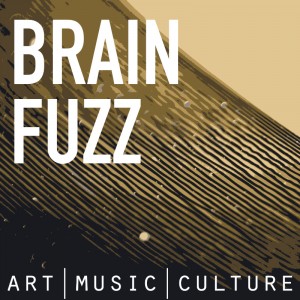There’s a world where I can go and tell my secrets to,
In my room.
– Brian Wilson and Gary Usher
In Mary Jane Jacob and Michelle Grabner‘s highly readable and enlightening The Studio Reader, David Reed shares this:
I first saw the work of Felix Gonzalez-Torres in a group show at Artists Space in 1987 in New York. Impressed by his work, I asked to visit his studio. Felix hung his head and said, “Oh David. I’m sorry. I don’t have a studio. I’m just a kitchen table artist.” I loved his phrase, but since I had a mistaken concept of what a studio could be, I didn’t ask to visit. Now, of course, I wish I had.
I too struggled with defining and even discussing my studio space for years. What is it? Where is it? Is it really a studio?
The Truth Is, Studios Evolve
My work, in every sense of the word, has long relied and often revolved around a digital workspace. For most, this doesn’t translate well as a studio destination. Why? The resulting environment isn’t often visually compelling as a space. It has the same effect as watching an electronic musician or a DJ perform: Like watching a guy check his email.
And Then There’s Workshop Space
As many artists would tell you, a lot of work often occurs in different places. I may work in the garage, the outdoor kitchen, or a hotel room for example. The studio effectively travels with me, and the studio tools are stops along that path.
Prepping a wooden surface ideally happens separately from where painting happens. Sometimes I operate the saw, and sometimes someone else cuts a length of wood for me.
This reality however is in direct contradiction with what many envision “having a studio” to be. In the physical world, what is it really? Is it a complex? Or, is it a group of spaces located in the same city? On the same block?
Ideally for most (and maybe me) the foundation for a good studio would be one warehouse space spanning a few thousand square feet. High ceilings, separate walled-off stations, a spray booth, adequate natural light, color-corrected electrical light, proper ventilation and ducting, a bathroom, utility sinks, and at least one dock with a roll-up door. Unfortunately, this is also often the foundation for an unsustainable business model.
The idea of such a space is appealing, but then there are maintenance costs, utilities, property taxes, and the associated real-world distractions on top of having a living space.
The Heart of the Studio
The heart of my studio, as I would call it, is currently at my home. After a renovation, including an addition of square footage, there are multiple work areas that meet my immediate needs. I call a separate room upstairs “the studio.”
Is everything I need or use there in one location? No, my studio is actually spread out across locations and temporary places. I’m part of a workshop collective where a lot of the messier stuff can happen. I take a notebook with me somewhere and make a drawing. Then I might go home and work into the evening on a desktop.
I’m now convinced more than ever that a single perfect place with everything an ideal practice requires may in fact be unattainable. Maybe even undesirable.
And perhaps that’s a good thing. The thought of an artist content in his environment and satisfied with his surroundings is troubling. Even if he’s at home.
















